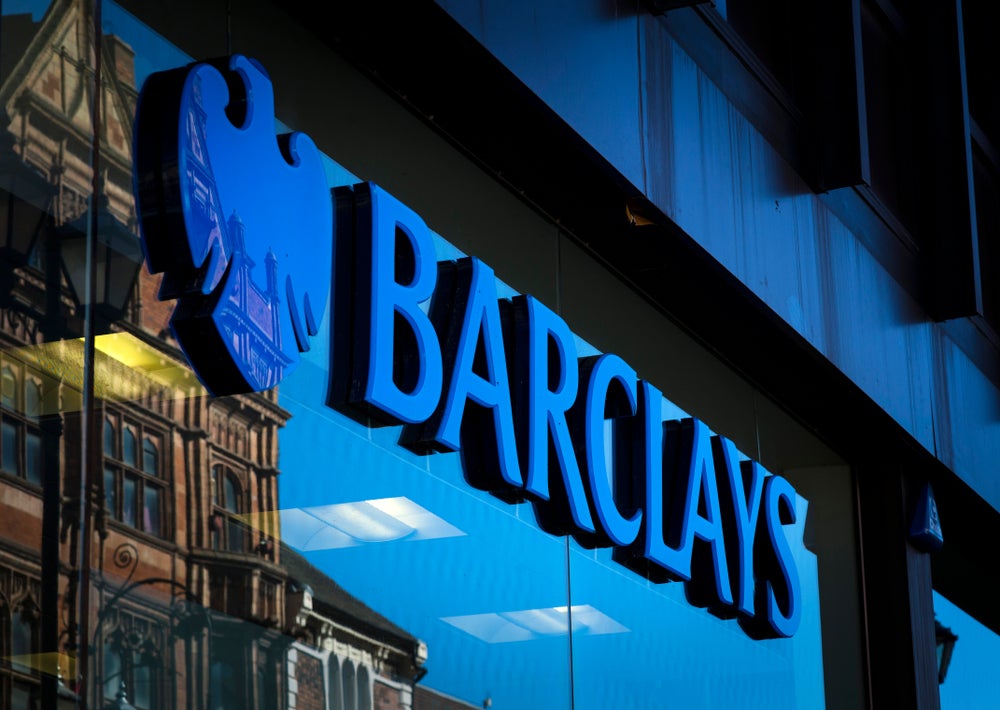The Q3 2019 earnings season kicks off on 15 October with results from JPMorgan, Citigroup, Wells Fargo and Goldman Sachs.
The following day brings Q3 2019 earnings from Bank of America and Morgan Stanley with Amex reporting on the 18th.
Across the S&P 500 around 50 firms report Q3 2019 results in the week commencing 14 October. The following week brings Q3 2019 earnings from more than 100 S&P 500 firms.
Overall, analyst sentiment is generally gloomy for the third quarter. Analysts suggest that Q3 2019 may represent the worst quarterly performance for three years.
A number of arguments are advanced for such pessimism. For example, there is the issue of negative impacts from trade tariffs. And then is evidence of declines in equity trading and signs that new listings in investment banking are down from a year ago.
And for the likes of Goldman Sachs, its involvement with WeWork will not make for comfortable reading.
How well do you really know your competitors?
Access the most comprehensive Company Profiles on the market, powered by GlobalData. Save hours of research. Gain competitive edge.

Thank you!
Your download email will arrive shortly
Not ready to buy yet? Download a free sample
We are confident about the unique quality of our Company Profiles. However, we want you to make the most beneficial decision for your business, so we offer a free sample that you can download by submitting the below form
By GlobalDataFurther margin pressure resulting from third quarter interest rate cuts merely augments the overall slightly gloomy outlook.
Q3 2019 earnings: Chase, Bank of America retail banking strength will shine
Take the largest US bank by market cap, JP Morgan Chase for example. In each of the first two quarters, Chase’s earnings beat analyst forecasts despite ongoing margin pressure.
Chase’s net interest margin fell by 8 basis points from the year ago quarter to 2.49% in the second quarter.
In response, JP Morgan shaved $500m from its 2019 full fiscal year guidance for net interest income.
It is reasonable to forecast that Chase’s net interest margin will decline by around 6 to 8 basis points in the third quarter.
Consensus estimates for JP Morgan in the third quarter suggest that net income will dip by around 10% from the prior quarter.
Do not be at all surprised if Chase again beats analyst forecasts, boosted by modest rises in loans and deposits.
Q3 2019 earnings: strong credit cards, auto loan metrics
Chase’s retail banking franchise continues to go from strength and expect strong metrics from credit cards and auto loans.
Bank of America also has form for beating analyst forecasts. In the third quarter, analysts’ consensus is for Bank of America to earn $0.68 per share. This compares with earnings of $0.66 per share in the prior year quarter.
Citi is expected to earn $1.95 per share and Wells Fargo $1.30 per share. Comparative figures in the year ago quarter were $1.73 and $1.13 respectively.
In summary, on a quarter-over-quarter basis, the third quarter results will at first glance appear to be disappointing. On a year-over-year basis, the major US banking Q3 2019 earnings will be ahead.
Goldman Sachs will be the notable exception. Goldman’s Q3 2019 earnings per share will be down both quarter-over-quarter and year-over-year. Indeed, the gloomiest forecasts for Goldman Sachs suggest that Q3 2019 net income will decline by about 25% y-o-y on weaker investment banking income.
Q3 2019 earnings: digital banking highlights
Expect also to see further evidence that the leading US retail banks digital banking strategy is paying off.
Analysts will, understandably, drill down into the earnings presentations to seek evidence of banks mitigating margin pressure by growing fees income.
At the same time, they will be encouraged by evidence of growing sales via digital channels.
One last thought relates to cost-cutting. The safest forecast is that there will be much comment from bank CEO’s and CFOs’ about successful cost-cutting strategies.
Indeed a number of banks are on target to hit their medium term cost-income ratio targets. But as RBI reported last month, US banks are not yet biting the bullet when it comes to reducing employee numbers, despite shrinking branch networks.
Branch numbers are down by 4% across the largest US retail banks in the past year. Across the 30 largest US banks by FTEs, total FTEs drop by only 0.4% for the year to end June.







